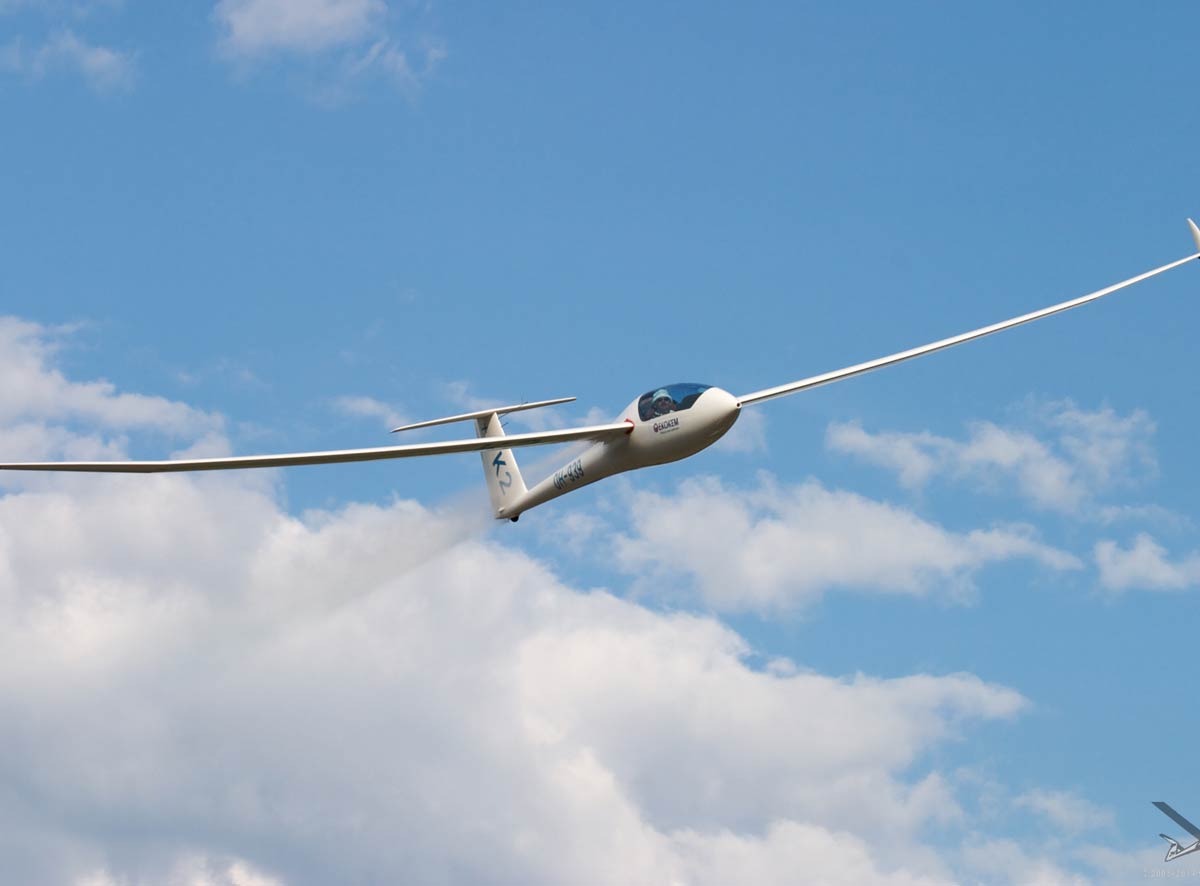Choosing the Best XC Route

Last week you practiced on the ground looking at clouds and planning a route. There are a lot of decisions and limited flying hours. You may have noticed a few wisps which turned into the correct decision 10min later. The cloud street to the right looked better at the time, but the one on the left was better 10min later. Use this knowledge in the air to make better decisions.
Pick a target cloud out in the distance then select the best route to get there. Think of the sun angle changing the look of the clouds in the distance. 'The grass is always greener on the other side' or in our case 'the other cloud street always looks better.'
As you look down course trying to get an idea of the clouds and the deviation required, stop looking at the clouds. Look at the shadows to figure out the distances, deviations, blue holes, etc. It's easy to get an approximate sun angle for determining which shadow is from which cloud, get an idea of where your shadow is. Just as we always look down to determine the thermal trigger, figure out which cloud shadow you are over. This becomes more important as the sun gets lower.
Looking at the shadows turns this into a simple kids game of connecting the dots. Maybe slightly more complicated...
Plan a few paths and determine which one is the best one and why. Two seaters are great because another set of eyes may see something you didn't, it also allows for discussion. I end up talking to myself about all of the different paths and why I am choosing this particular one. Continually evaluate ALL of the options, many times the sky will change and it is faster to jump to another path.
Remember when you see a growing cloud or dust devil you want to be there NOW, however it might be 10miles away and it could take you 8minutes to get there. You must factor that into your decision.
One of the most memorable mottos flying with George Lee was "never put all of your eggs in one basket". Going to the last cloud is a good example of this. I try and take paths with the most odds to find a good climb. When you have 2 choices of one larger cloud to the right and 3 smaller clouds to the left, based purely on the above motto left is a clear choice. However, we need to remember the topic last week. Which clouds seem to be the most honest? Maybe the larger clouds have been the most reliable. Now it is a pure experience that will make the correct decision and keep you out of a field.
Banner Photo by Mika Ganszauge
The Becker AR4201 is a single block unit which fits into a standard 2 1/4 in panel cutout making it ideal for gliders. It has a power output of 5 watts and a range of 118.000 MHz - 136.975 MHz in steps of 25 MHz.
The Becker AR4201 it has been replaced by the Becker AR6201. However, the AR4201 is available used and factory overhauled with a two year Becker warranty. This older Becker version is a great option for US clubs and older gliders.
TESA Transfer Tape is a transparent double-sided tape consisting of a tackified adhesive. Transfer tape features an excellent combination of high tack and adhesion for mylar installation. It has good temperature resistance and outdoor suitability.
 Garret Willat holds a flight instructor rating with over 8000 hours in sailplanes. His parents have owned Sky Sailing Inc. since 1979. He started instructing the day after his 18th birthday. Since then, Garret has represented the US Junior team in 2003 and 2005. He graduated from Embry-Riddle with a bachelor's degree in Professional Aeronautics. Garret represented the US Open Class team in 2008 and 2010 and the Club Class team in 2014. Garret has won 3 US National Championships.
Garret Willat holds a flight instructor rating with over 8000 hours in sailplanes. His parents have owned Sky Sailing Inc. since 1979. He started instructing the day after his 18th birthday. Since then, Garret has represented the US Junior team in 2003 and 2005. He graduated from Embry-Riddle with a bachelor's degree in Professional Aeronautics. Garret represented the US Open Class team in 2008 and 2010 and the Club Class team in 2014. Garret has won 3 US National Championships.





